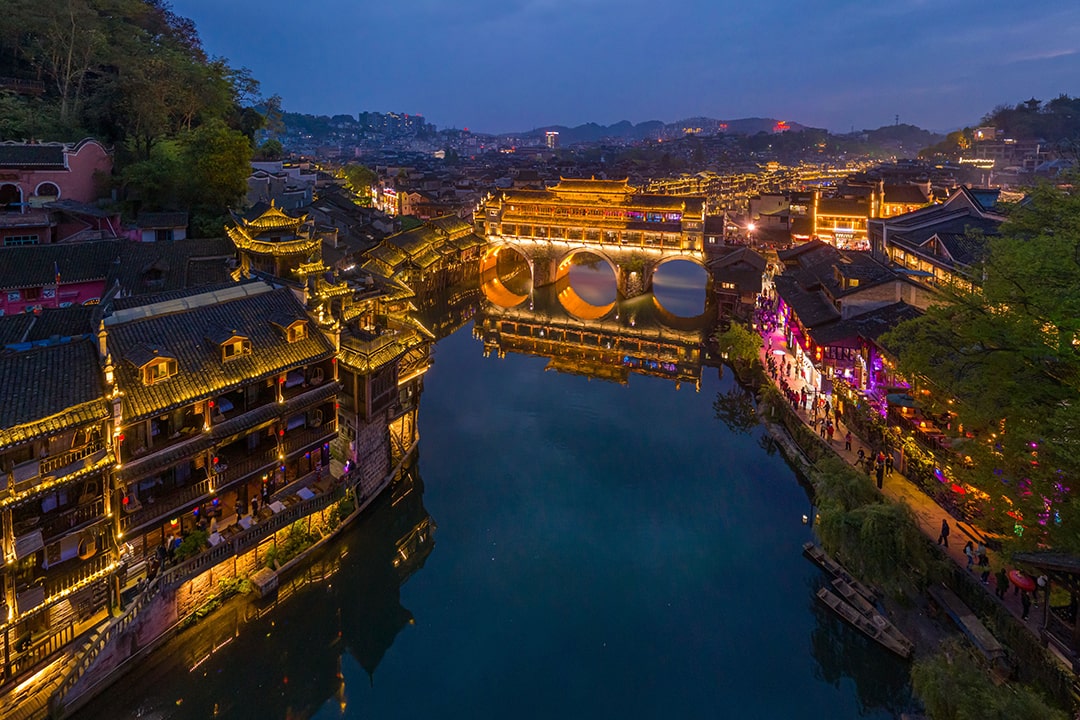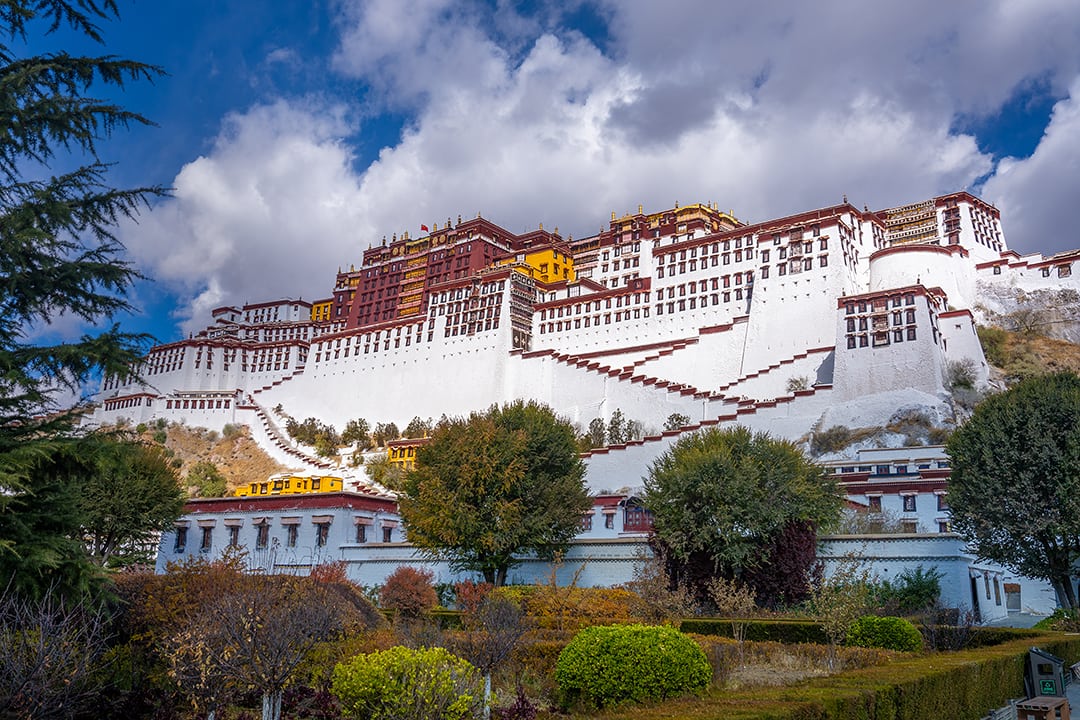Misty morning, Great Wall of China
The Great Wall of China can be easily called a world landmark: there is hardly a person who doesn't know about it or its location, and it not just because of its obvious name. The Great Wall of China is the most famous monument, unparalleled in its glory.
Its construction began in the 3rd century BC. After the unification of China Emperor Qin Shihuang ordered to build a solid wall to cover the north-western border of the empire from the attacks of nomadic people.

The construction of the wall was very challenging. The main problem was the lack of appropriate infrastructure: there were no roads and not enough water or food for a 300,000 army of workers, not to mention that it was extremely difficult to build such a big construction on the given terrain.
According to the plan the wall was supposed to run along the mountain chain, rounding all the spurs and covering high rises and deep gorges. This feature, along with its length, is what makes the Great Wall of China unique: it seamlessly blends in with the landscape.

The first sections of the wall were made from mud; later it was replaced by stone slabs laid on top of each other on the layers of soil. In order to bind these parts, as well as to control the growth of weeds in the joints of plates, the Chinese invented a unique sealer: a mixture of thick and sticky rice porridge with hydrated lime. However, this innovative technology was a subject to criticism in southern China, where entire crop of rice was exported by the order of the Emperor.
During its long history the wall repeatedly changed its appearance: some parts were destroyed, while others were rebuilt from scratch. If we ask about the length, the usual answer will be that the total length of the Great Wall of China with all of its branches is 8,850 km. So this landmark of China is made up of 6,259 km of an actual wall, 359 km of trenches, and 2,232 km of natural protective barriers such as hills and rivers. Meanwhile, archaeological survey concluded that the wall used to be much longer — 21,196 km.

The average height of the Great Wall of China is 6.6 m, although some parts are lower or higher, reaching up to 10 meters high. Throughout the wall you can see protective vaults and guard towers, as well as fortresses at the main mountain passes.
In 1987 the Great Wall was listed as a UNESCO World Heritage Site, and in July of 2007 it was listed as one of the new Wonders of the World. Over the past decade the monument was seriously damaged: some of its parts were destroyed to make way for the road construction and other buildings. Some destruction was caused by the weather conditions (heavy rains and sandstorms) and by other factors.

There were some cases of unfortunate mix ups: several generations of local farmers from Suizhong County have been building their homes using stones found in the mountains. And only recently it was discovered they were using stones from the legendary monument. And this remained unknown by local authorities and archaeologists.
It is believed that the Great Wall of China can be seen from the moon or at least from the low earth orbit. Both of these statements are unsubstantiated: even Chinese astronaut wasn't able to see the largest monument of China; in its attempt to prove the wall's visibility from space, the European Space Agency published a certain photograph only to embarrass itself: the picture showed one of the rivers.

We take our panoramas way below Earth orbit, which will allow you to admire the Great Wall of China in all its glory.
Photo by Sergey Semenov
29 November 2024
Read more
360° Video
















